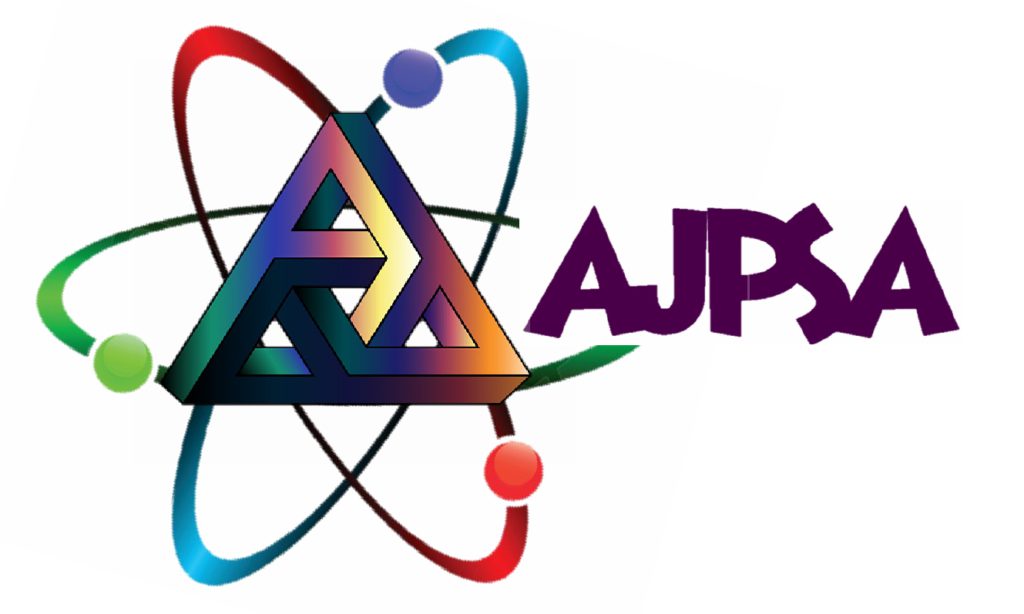
Phone: + 1-425-605-0775
Email: [email protected]
Address: Society for Makers, Artist Researchers and Technologists. 6408 Elizabeth Avenue SE, Auburn, WA 98092, USA
Menu

Phone: + 1-425-605-0775
Email: [email protected]
Address: Society for Makers, Artist Researchers and Technologists. 6408 Elizabeth Avenue SE, Auburn, WA 98092, USA